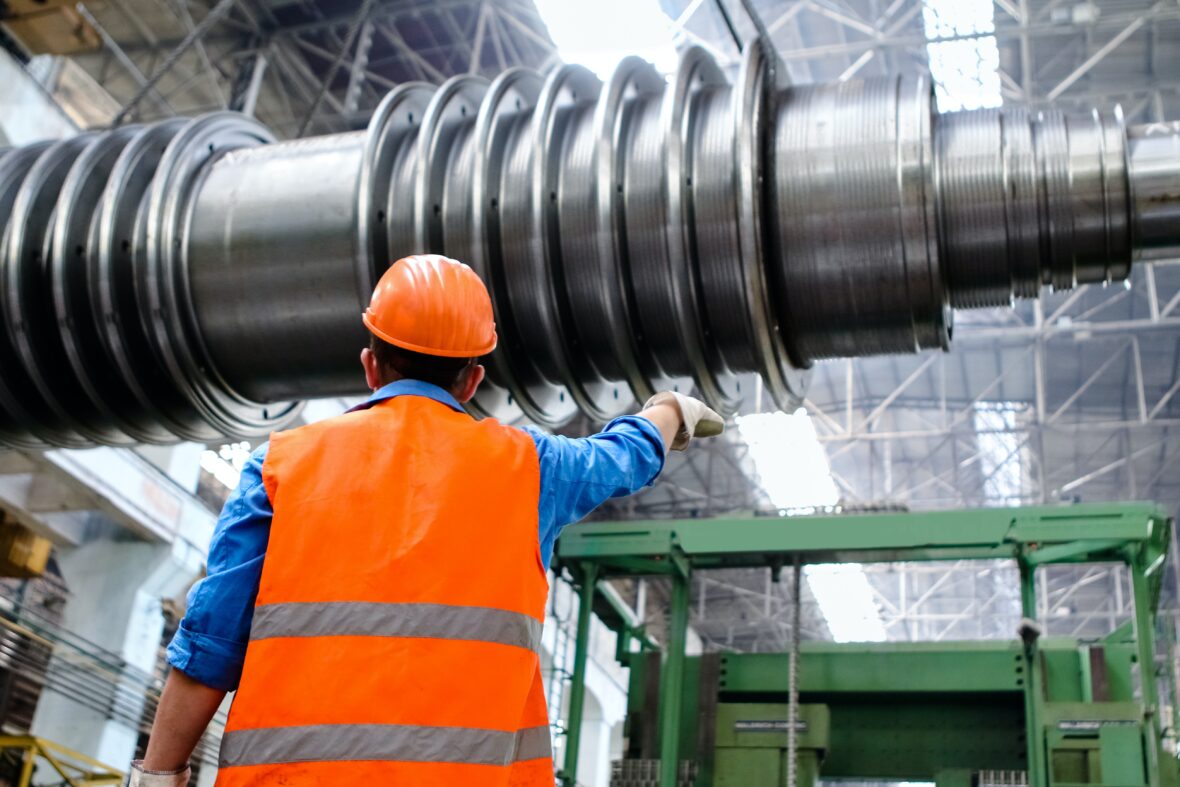In recent years there has been an emerging shift from general safety towards employee health, especially the potential impacts on long-term health associated with working in hazardous environments.
Traditional worker wellbeing has focused almost exclusively on improving workplace safety. From avoiding injury due to falling equipment, preventing explosions from gas, reducing injuries or even fatalities sustained from trips or falls, keeping employees safe at work has been – and will continue to be – a major part of industrial workplace health and safety.
However, as Glyn Jones, Group CEO Trolex, explains, it is the arrival of real time monitoring technologies that is truly enabling organisations to ensure employees are both safe and healthy.
New workplace priorities
Changing attitudes globally by both businesses and regulators are exemplified by the Health and Safety Executive’s 2016/17 review, highlighting that the agency had completed 20,000 inspections of workplaces to reduce risk “particularly to health” in selected high risk industries. HSE’s priorities are also firmly focused on long term health risks, including the development of a three year health and work programme to reduce levels of a number of long term health issues, including work-related stress, musculoskeletal disorders and occupational lung diseases. The agency is also looking to reduce longer term health risks, including 880 inspections in the construction industry to tackle exposure to respirable crystalline silica (RCS) and promoting better enclosing processes, dust suppression/extraction, provision of effective RPE (Respiratory protective equipment).
For businesses fearing just one more round of red tape and regulation, there is a growing body of evidence of the commercial value of fit, healthy and motivated employees. Indeed, a CIPD survey found that 47% of employers now think that employee wellbeing is directly linked to business performance, and this is particularly true in the mining and manufacturing sectors which remain physically demanding jobs.
In addition, a study compiled by the University of Birmingham and Health Exchange highlighted that improving employee health factors – which obviously have better long term health implications – can also actually decrease the chances of workplace injuries due to increased employee awareness and performance. Employee safety and wellbeing are inherently interlinked.
Understanding long term risks
To improve employee wellbeing it is essential to understand the potential risks within each workplace. While the danger of long term exposure to chemicals such as Asbestos have been well known for many years, it has become increasingly clear that many working environments create hazards that have a long term impact on employees, an impact that is not always immediately visible.
For example, individuals operating heavy machinery may experience little if any immediate issues but could end up with spinal problems, as well as hearing loss as a result of working in consistently loud environments. Additional risks include respiratory conditions such as chronic obstructive pulmonary disease and head arm vibration related conditions such as vibration white finger.
Sursa: information-age.com

